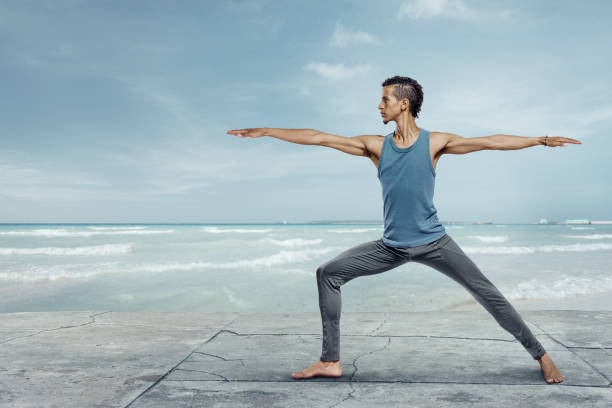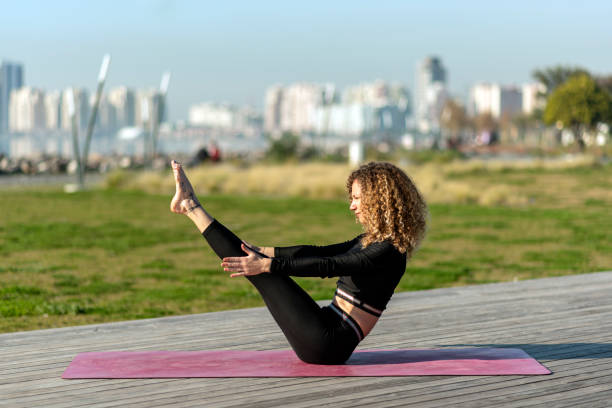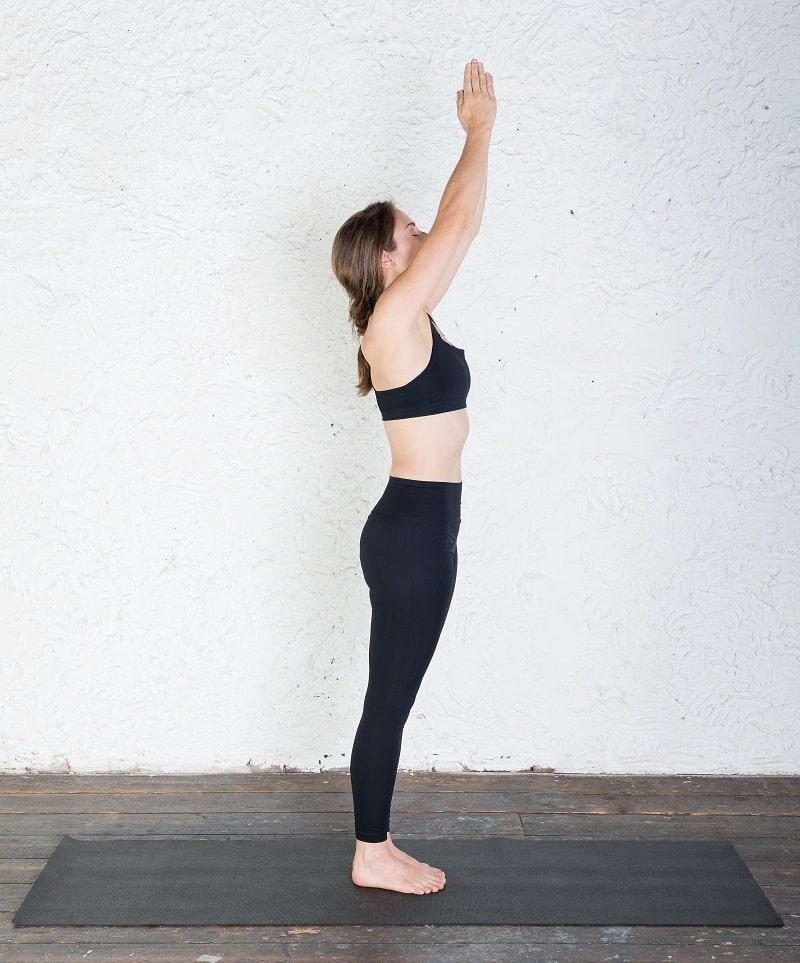Savasana
Mritasana, is an asana in hatha yoga and modern yoga as exercise, often used for relaxation at the end of a session. It is the usual pose for the practice of yoga nidra meditation, and is an important pose in Restorative Yoga.

Tantra yogaTantra is an integrative system of yoga where many different yogic practices and techniques are combined to purify the gross body, the energetic body, and the mind.
Traditional yoga, often associated with Hatha Yoga, focuses on a holistic approach to wellness, encompassing physical postures (asanas), breath control (pranayama), meditation, and ethical guidelines (yamas and niyamas). It aims to unite the mind, body, and spirit through mindful practice, with a strong emphasis on inner awareness and balance in daily life.
Poses
Mritasana, is an asana in hatha yoga and modern yoga as exercise, often used for relaxation at the end of a session. It is the usual pose for the practice of yoga nidra meditation, and is an important pose in Restorative Yoga.

Warrior 2 is an asana, a pose in yoga, meant to be held for a period of time and often used as part of a series of poses..

In the pose, the body is balanced on the sitting bones, not leaning right back on to the tailbone. The spine is lengthened to broaden and lift the chest. Preparatory poses for Navasana include the standing poses Utkatasana and Uttanasana, and the seated pose Dandasana.

Mountain pose, called Tadasana in Sanskrit, is a classic pose that acts as the foundation of all standing yoga poses. Tadasana has many potential benefits and may help correct muscle imbalances, improve posture, and deepen awareness
Prasarita Padottanasana, also known as the Wide-Legged Forward Bend Pose, is a significant posture in the Ashtanga Yoga Primary Series. This pose comes in four variations—A, B, C, and D—and is renowned for stretching and strengthening the body.
Siddhasana is one of the oldest asanas. It is described as a meditation seat in the early Hatha Yoga text, the 10th century Goraksha Sataka. This states that Siddhasana ranks alongside Padmasana (lotus position) as the most important of the asanas, opening the way to liberation.